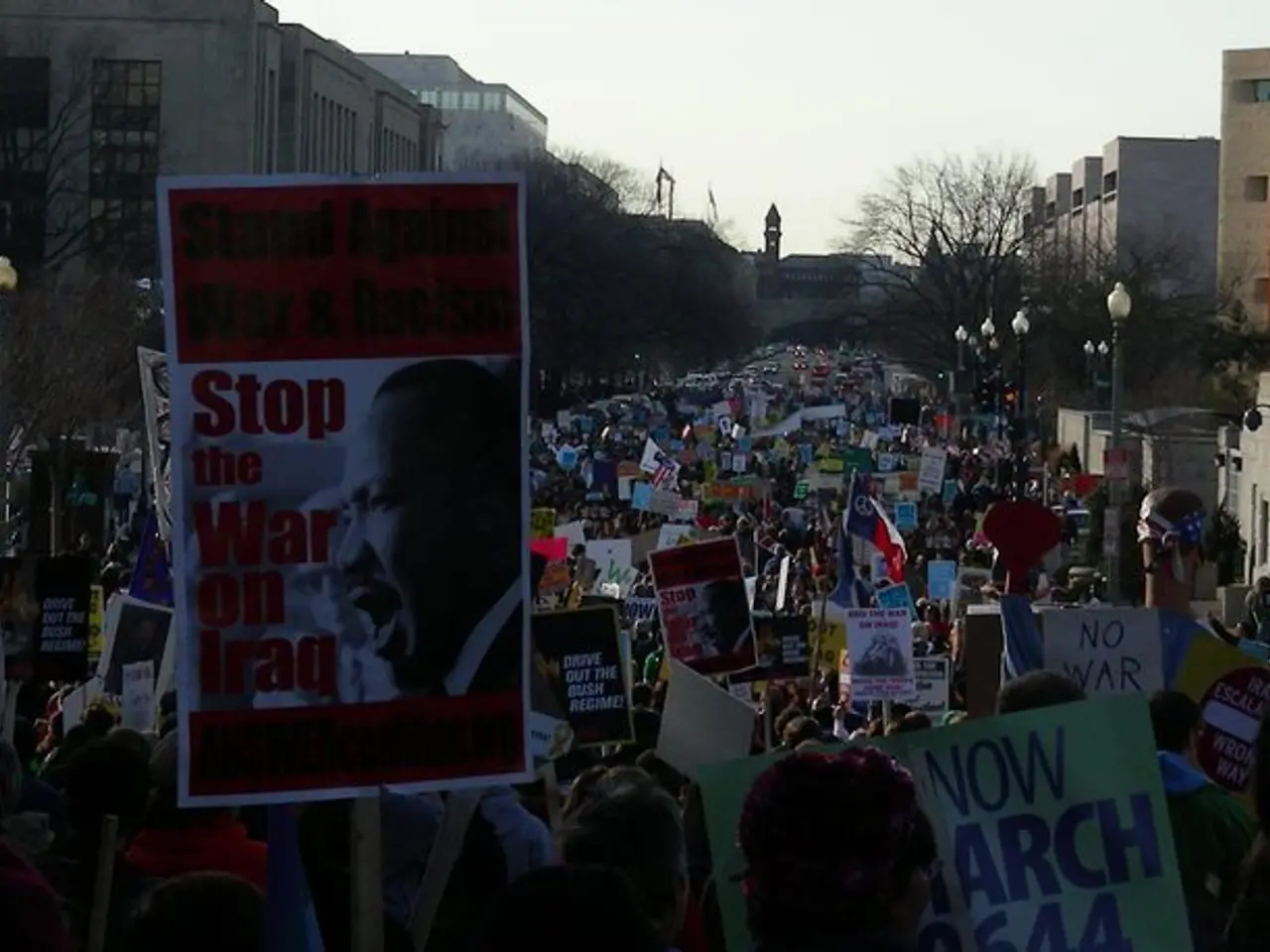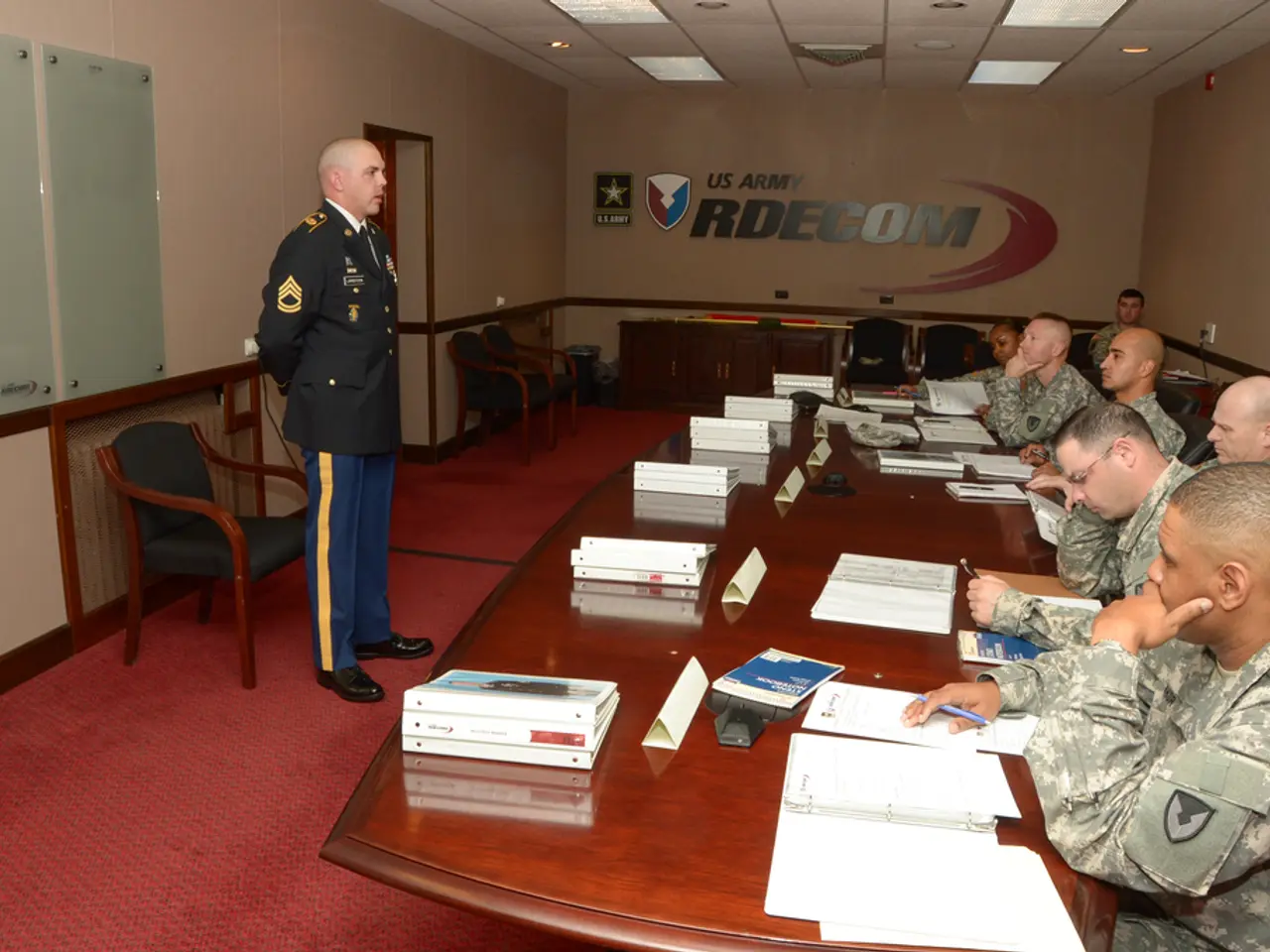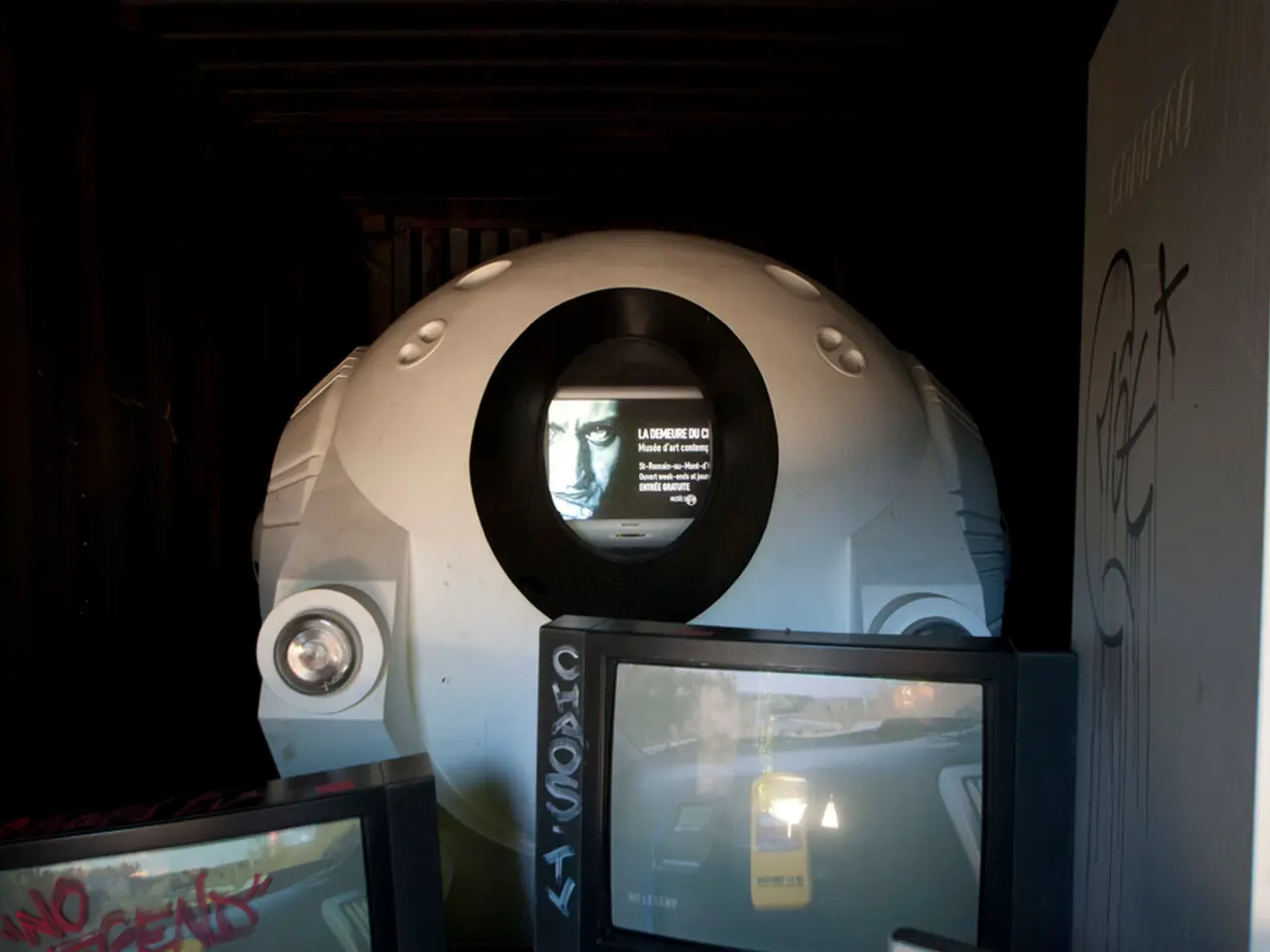Exploring His New Work on Nuclear Weapons, Pulitzer Finalist Garrett M. Graff Discusses His Latest Book
The development and use of the atomic bomb in 1945 were driven by several key factors, including intense scientific research under the Manhattan Project, wartime urgency, geopolitical considerations, and the desire to end World War II decisively.
- Scientific and Technical Developments:
The Manhattan Project, launched in 1942, was the massive U.S. government research program that produced the first atomic bombs. It brought together top scientists such as J. Robert Oppenheimer, Ernest Lawrence, and Harold Urey, among others. The project involved multiple scientific disciplines and required overcoming immense technical challenges, including producing sufficient fissile material—uranium-235 and plutonium-239—using complex isotope separation and nuclear reactor technologies. The project also developed two types of bombs: a uranium gun-type bomb ("Little Boy") and a plutonium implosion-type bomb ("Fat Man").
- Wartime Urgency and Strategic Motivation:
The project was motivated by fears that Nazi Germany was pursuing similar nuclear weapons. The U.S. wanted to secure a technological advantage to end the war swiftly and prevent Axis powers from gaining such weapons. After the successful Trinity nuclear test in July 1945, President Harry S. Truman decided to employ the bombs against Japan to force a prompt Japanese surrender, aiming to avoid a costly invasion and massive casualties. There was also a geopolitical dimension: the United States sought to demonstrate its new military power, especially to the Soviet Union, which by mid-1945 was becoming a rival superpower. The use of atomic bombs on Japanese cities like Hiroshima and Nagasaki served to showcase American dominance in the emerging postwar order.
- Target Selection and Use of the Bombs:
Hiroshima was chosen as the first target due to its military significance, geographical features favourable to showcasing blast effects, and partly for psychological impact. The bombings targeted cities rather than isolated military facilities to maximise shock and hasten surrender. The atomic bomb dropped on Hiroshima had more power than 20,000 tons of TNT, and another bomb was dropped on Nagasaki three days later. The combined death toll from both atomic bombs is estimated to be over 200,000 people.
In summary, the atomic bomb's development was a convergence of advanced scientific innovation, the imperative to end a brutal global conflict, and emerging Cold War dynamics influencing decision-making on its use. The memories of the Hibakusha, the bomb-affected people in Hiroshima and Nagasaki, are highly emotional and searing. The Manhattan Project involved the construction of secret cities in Oak Ridge, Tennessee, and Hanford, Washington, where uranium and plutonium for the bombs were developed. The project employed 100,000 people each at the secret cities, and the Calutron Girls, high school girls who operated uranium refining machines, outperformed California Ph.D. scientists in their work. However, they were unaware of the purpose of their work, as they only heard the word "uranium" for the first time when President Harry Truman announced the bombing of Hiroshima on August 6, 1945.
The hard-right factions of the Japanese government were not close to surrendering even after the second bomb, and it took Emperor Hirohito interceding to surrender the country. Conflicts have already occurred this year between India and Pakistan, the two largest nuclear arsenals to ever come into open conflict. There is a real possibility that the nuclear club might be larger than ever by the 2030s. The scientists who made the atomic bomb a reality were a diverse group of individuals, including square-dancing, pottery-buying, graphite-dust-covered, mutton-eating, poker-playing men and women. Garrett Graff, a Pulitzer Prize finalist, has produced an oral history of the scientists, politicians, pilots, soldiers, and survivors involved in the making and unleashing of the atomic bomb.
- The sciences, particularly in the field of nuclear physics, played a crucial role in the development of the atomic bomb during the Manhattan Project, a significant government initiative that took place from 1942 to 1946.
- The atomic bomb was initially used as a political tool to send a message of military might, not only to end World War II, but also to showcase American superiority during the emergence of the postwar order and in the face of potential threats from other powers, such as the Soviet Union.
- In today's general news, conflicts between nuclear powers, like India and Pakistan, and the possibility of more nations joining the nuclear club in the next few decades could lead to unprecedented war-and-conflicts scenarios, reminiscent of the tensions that led to the use of the atomic bomb.








